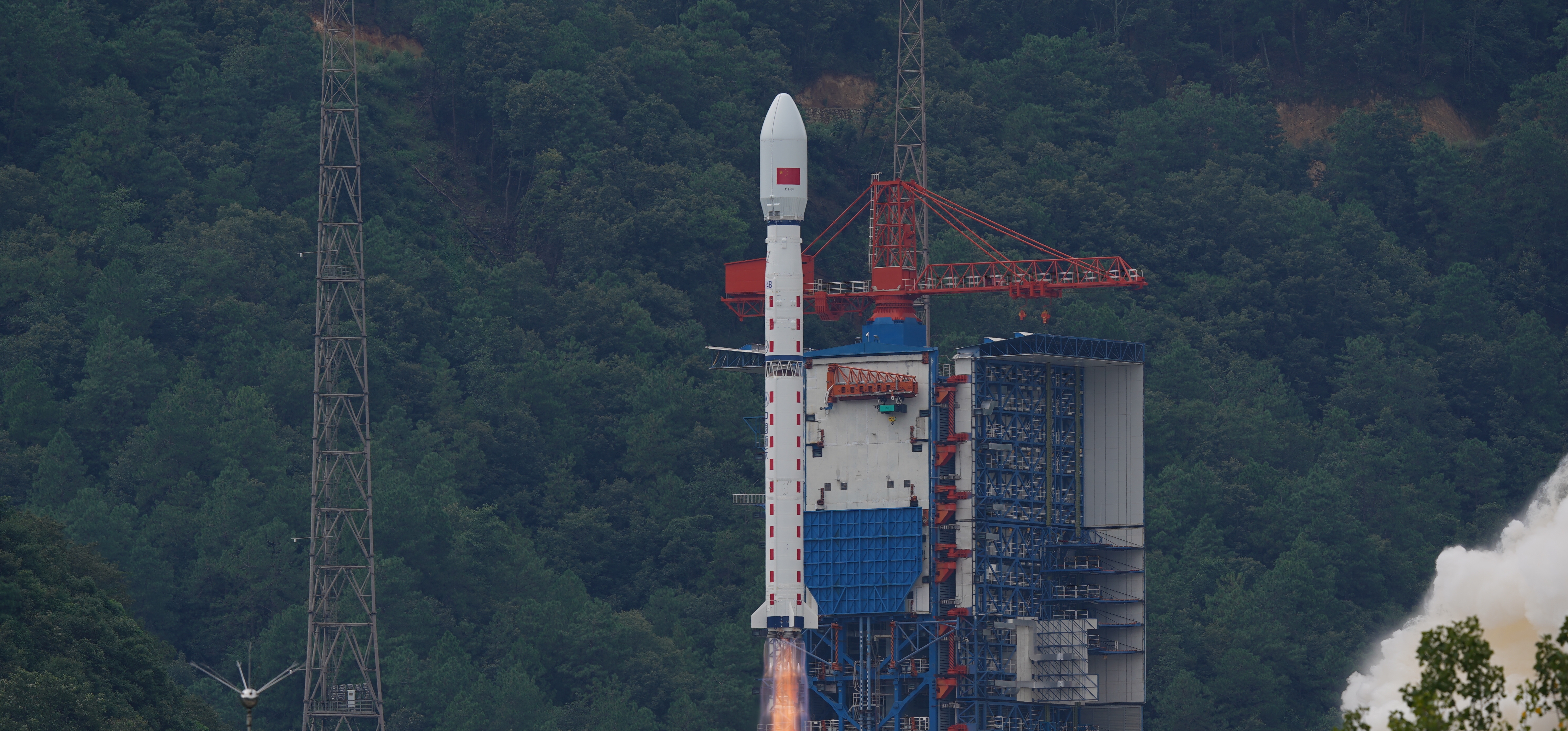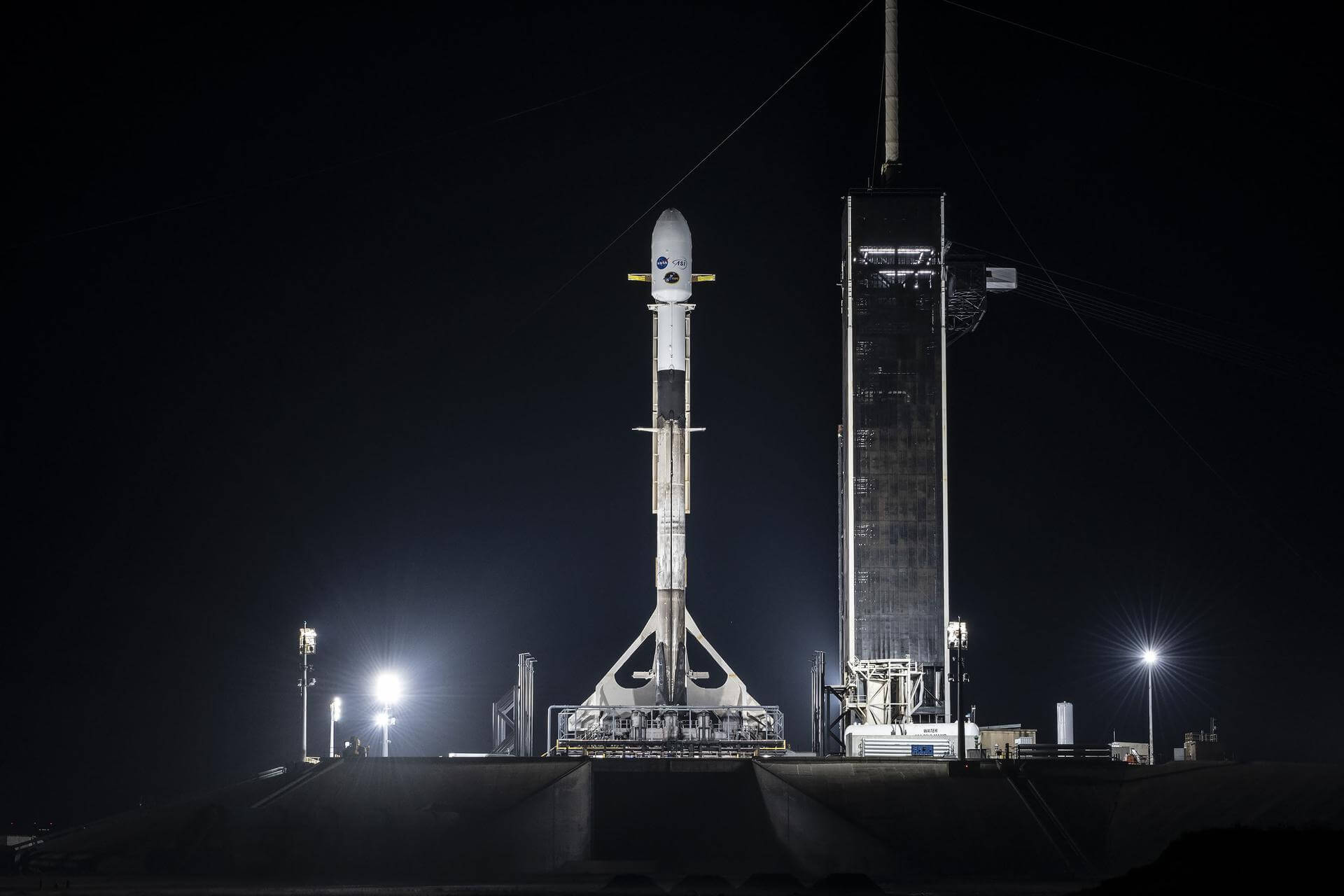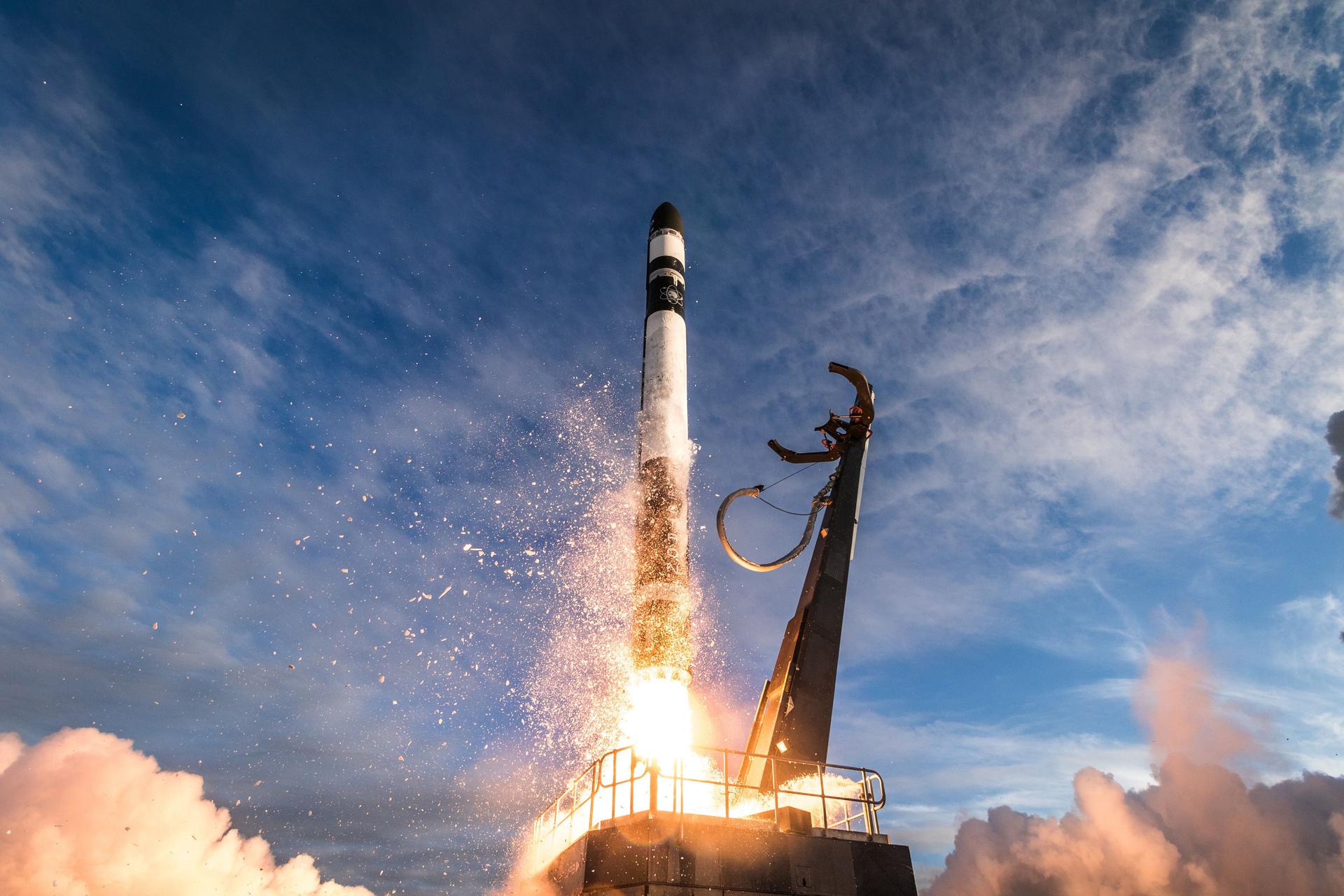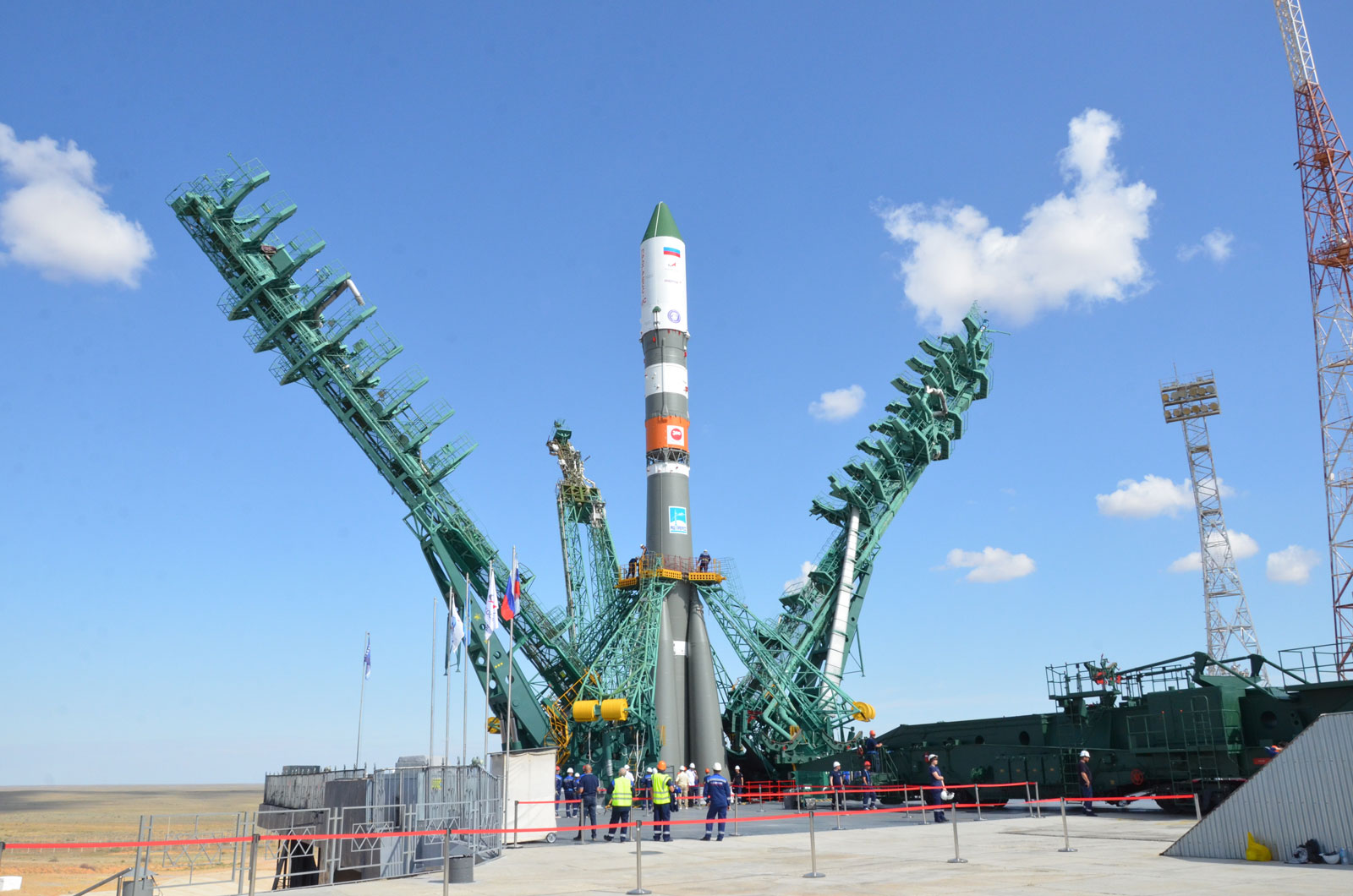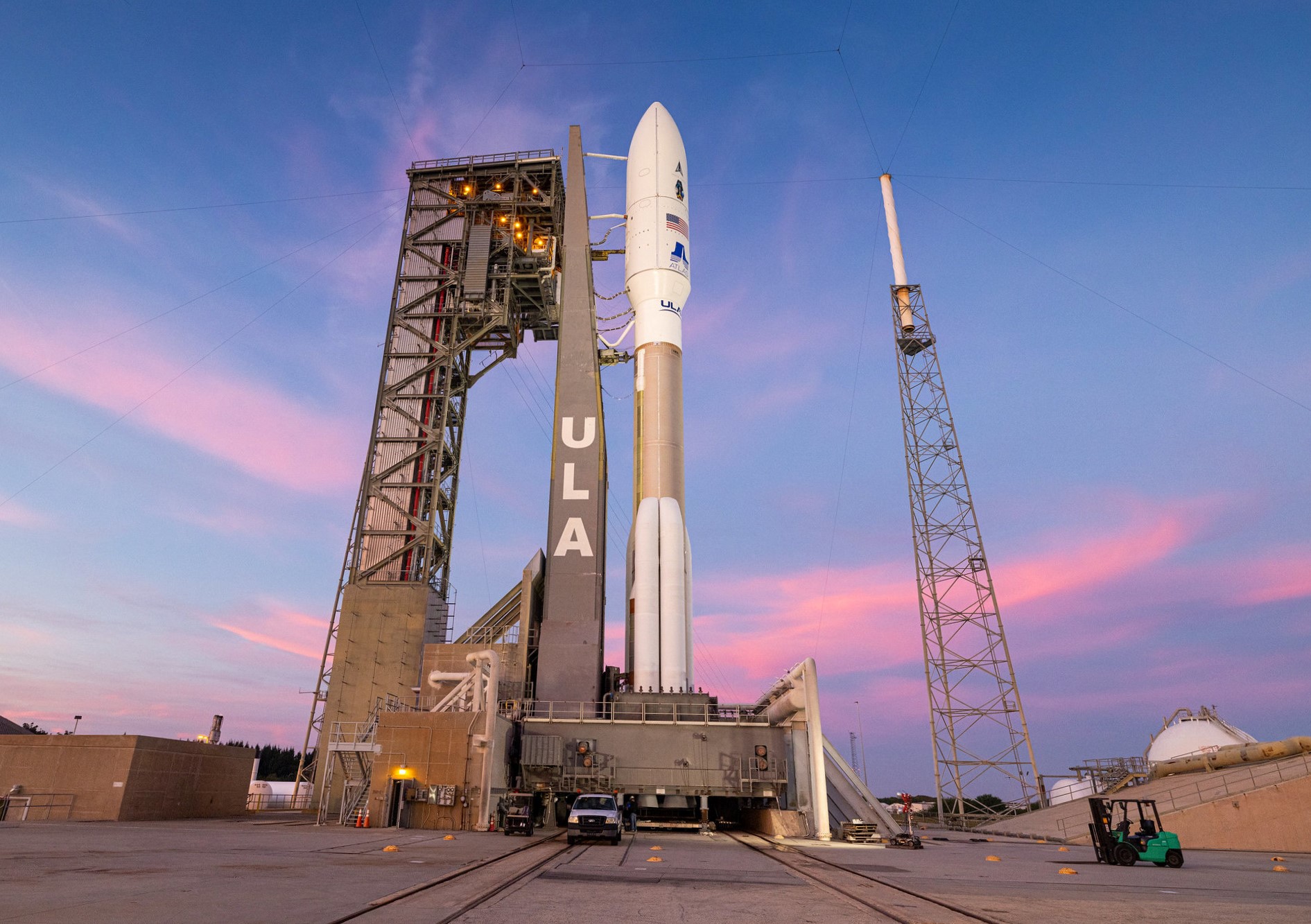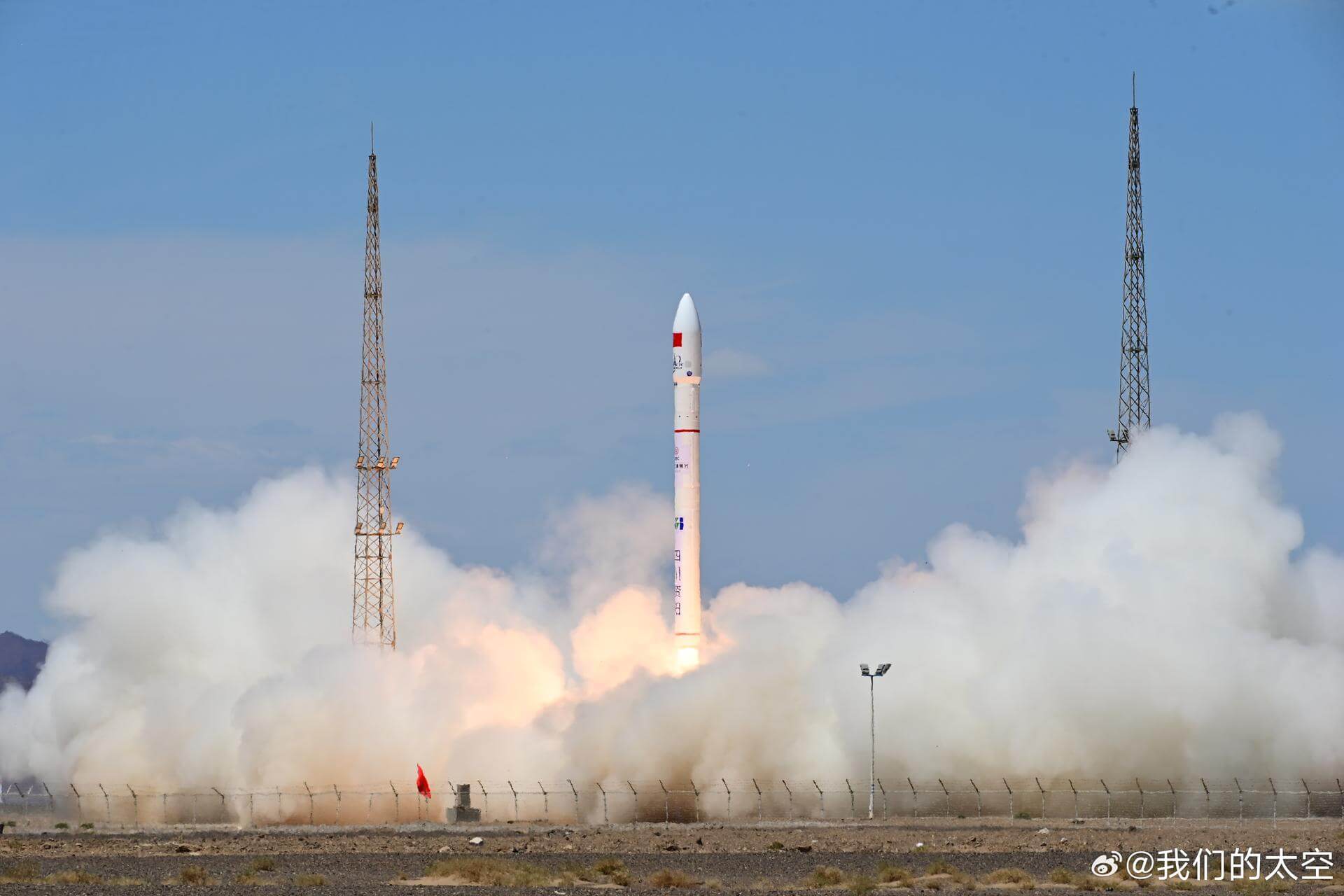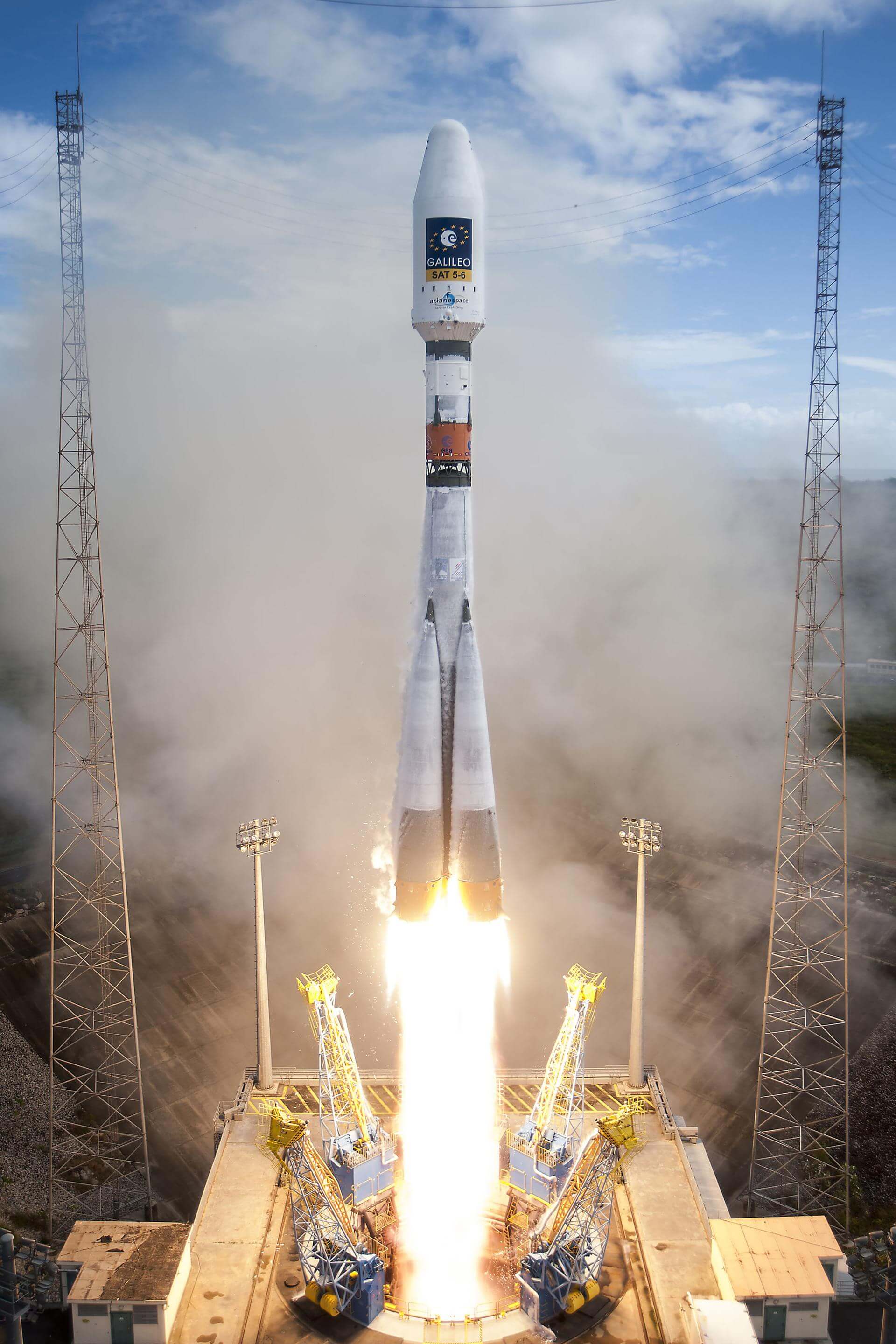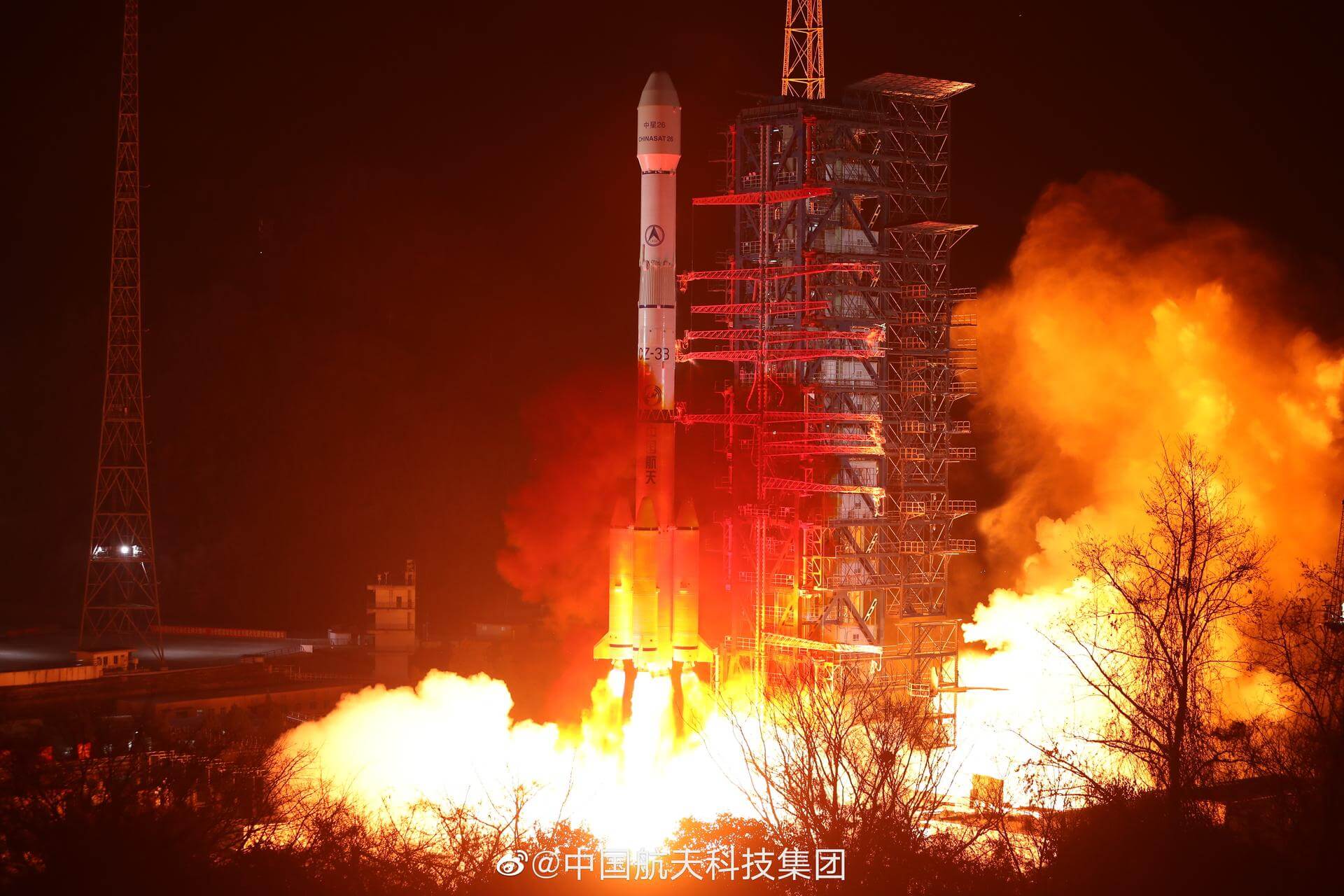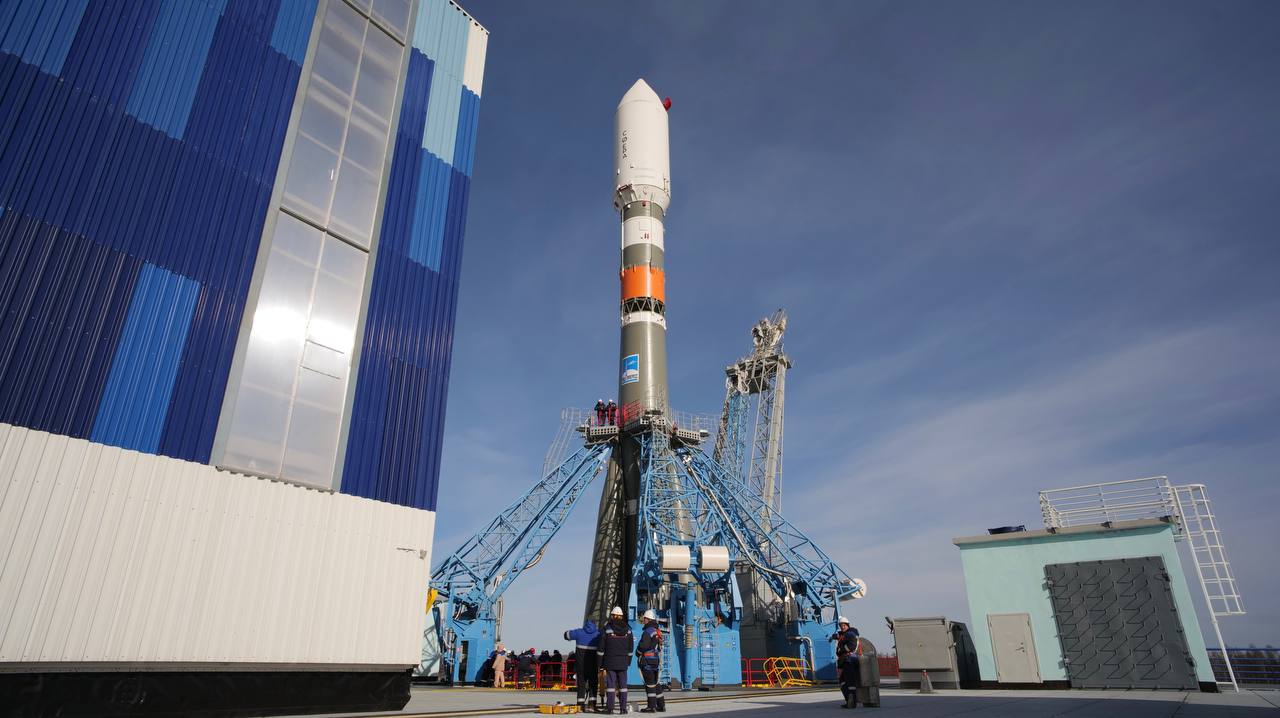Previous Spaceflight Launches
Filter by Agency, Locations or Vehicles
Show All LaunchesLong March 4B | Shijian 6 Group 05
China Aerospace Science and Technology Corporation | ChinaJiuquan Satellite Launch Center, People's Republic of China
Dec. 10, 2021, 12:11 a.m.
Status: Launch Successful
Mission:
The SJ 6 (Shi Jian 6) series consisted of pairs of technology satellites, which were reported to be used to probe the space environment, radiation and its effects, record space physical environment parameters, and conduct other related space experiments.
Sun-Synchronous OrbitFalcon 9 Block 5 | X-Ray Polarimetry Explorer (IXPE)
SpaceX | United States of AmericaKennedy Space Center, FL, USA
Dec. 9, 2021, 6 a.m.
Status: Launch Successful
Mission:
Imaging X-ray Polarimetry Explorer (IXPE) is a space observatory tasked with measuring the polarization of cosmic X-rays. This data will help to learn more about objects that emit these X-rays, such as black holes and neutron stars.
Low Earth Orbit B1061 - Flight Proven ( ) Just Read the InstructionsElectron | A Data With Destiny (BlackSky 14-15)
Rocket Lab | United States of AmericaRocket Lab Launch Complex 1, Mahia Peninsula, New Zealand
Dec. 9, 2021, 12:02 a.m.
Soyuz 2.1a | Soyuz MS-20
Progress Rocket Space Center | RussiaBaikonur Cosmodrome, Republic of Kazakhstan
Dec. 8, 2021, 7:38 a.m.
Atlas V 551 | STP-3
United Launch Alliance | United States of AmericaCape Canaveral SFS, FL, USA
Dec. 7, 2021, 10:19 a.m.
Status: Launch Successful
Mission:
Rideshare mission with the STPSat-6 satellite and six secondary payloads for the US Air Force. STPSat-6 carries the NNSA's Space and Atmospheric Burst Reporting System-3 (SABRS-3) payload and NASA's Laser Communications Relay Demonstration (LCRD) experiment.
Geostationary OrbitCeres-1 | Golden Bauhinia 1-03 & others
Galactic Energy | ChinaJiuquan Satellite Launch Center, People's Republic of China
Dec. 7, 2021, 4:12 a.m.
Status: Launch Successful
Mission:
This mission carried five commercial small satellites into orbit. These include: a remote sensing satellite Tianjin University-1, two remote sensing satellites for Golden Bauhinia 1 (also known as Jinzijing 1) constellation; and experimental satellites Lize-1 and Baoyun.
Low Earth OrbitSoyuz STB/Fregat | Galileo L11 (FOC FM23-FM24)
Progress Rocket Space Center | RussiaGuiana Space Centre, French Guiana
Dec. 5, 2021, 12:19 a.m.
Falcon 9 Block 5 | Starlink Group 4-3
SpaceX | United States of AmericaCape Canaveral SFS, FL, USA
Dec. 2, 2021, 11:12 p.m.
Status: Launch Successful
Mission:
A batch of 48 satellites for the Starlink mega-constellation - SpaceX's project for space-based Internet communication system - as well as 2 BlackSky Earth observation satellites as rideshare payloads.
Low Earth Orbit B1060 - Flight Proven ( ) A Shortfall of GravitasLong March 3B | ChinaSat 1D
China Aerospace Science and Technology Corporation | ChinaXichang Satellite Launch Center, People's Republic of China
Nov. 26, 2021, 4:40 p.m.
Status: Launch Successful
Mission:
The FH 2 (Feng Huo 2) series are reportedly the second generation of chinese military comsats and data relay satellites. They provide both C-band and UHF communications. China Aerospace Science and Technology Corp. manufactured the satellites based on the DFH-4 Bus. FH-2D is also known as Chinasat-1D.
Geostationary Transfer OrbitSoyuz 2.1b/Fregat | EKS 5 (Tundra 5) (Kosmos 2552)
Progress Rocket Space Center | RussiaPlesetsk Cosmodrome, Russian Federation
Nov. 25, 2021, 1:09 a.m.
